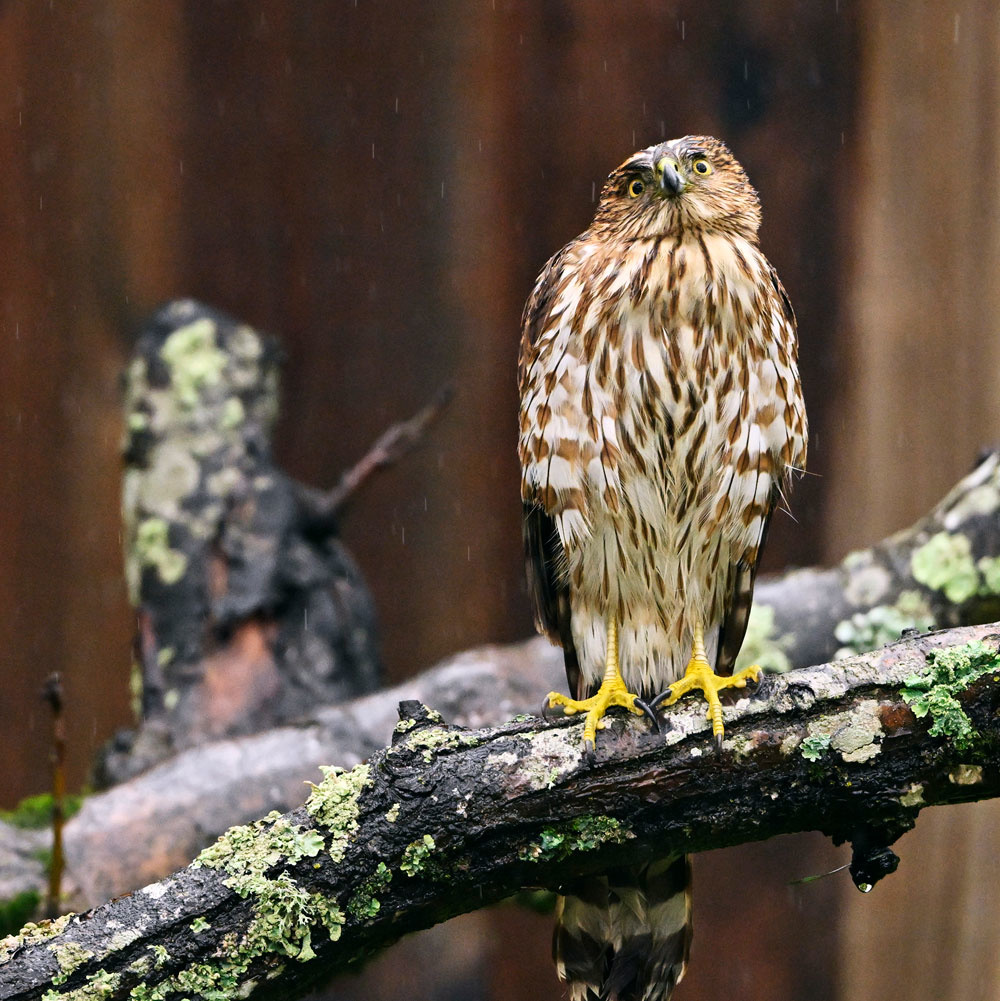Things We Learned Because of a Camera…
... about the Cooper's hawk
The camera is powerful tool. One benefit is that our cameras help us observe the world in new ways, enabling us to see the often missed details. Whether in still images or video, not only do we preserve once in a lifetime moments (quite literally), we also see things we would have not seen in that split second of time in which we fired the shutter. And if we're lucky, the craft of photography will open us to new worlds, new observations and a lifetime of curiosity and learning. That's what this first post in our new blog series is about: "Things We Learned Because of a Camera."
Looking Glass' Jen Waicukauski has explored many forms of photography from fine art portraiture using a pinhole camera to wildlife photography on adventures in remote locations. Through photography, she has found a craft that satisfies her inner scientist as well as her constant thirst for creative expression and storytelling. Birds are a more recent subject for her, and below we share a few photos of a Cooper's hawk that sparked her curiosity, which led to a deeper learning and discovery of this majestic animal. Jen captured these images out in the rain this past week (January 5th) with her Nikon Z 9 and Nikkor AF-S 500mm f5.6 PF)
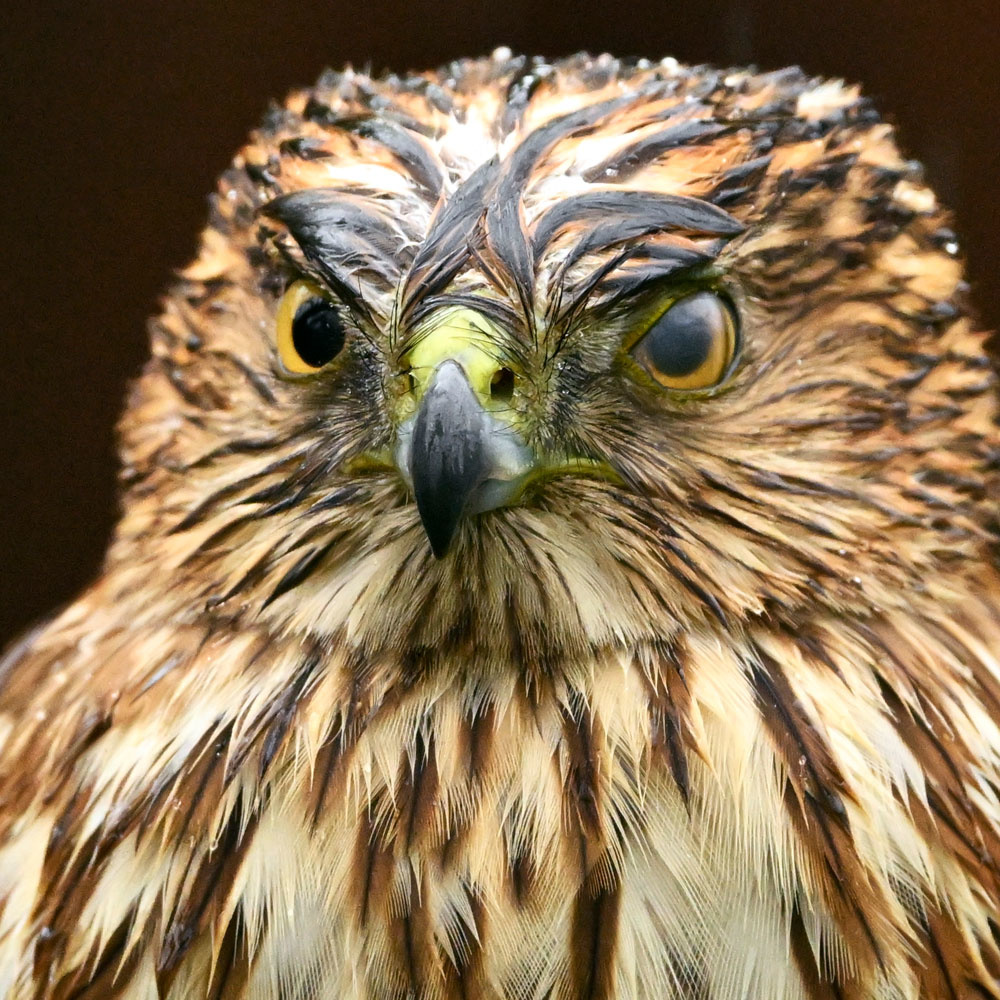
Did you know that birds have built-in goggles?
Check out this image of a Cooper’s Hawk. Look closely at its left eye (as compared to its right eye). Do you see it? They effectively have a third eyelid that provides them with extra protection needed to fly and hunt. Like humans, birds have upper and lower outer eyelids. But beneath the outer eyelids lies an extra eyelid, called the nictitating membrane. This extra eyelid is hinged at the inner side of the eye and sweeps horizontally across the cornea, is largely transparent, and helps keep the eye moist and clean while guarding it from wind, dust, and hazards.
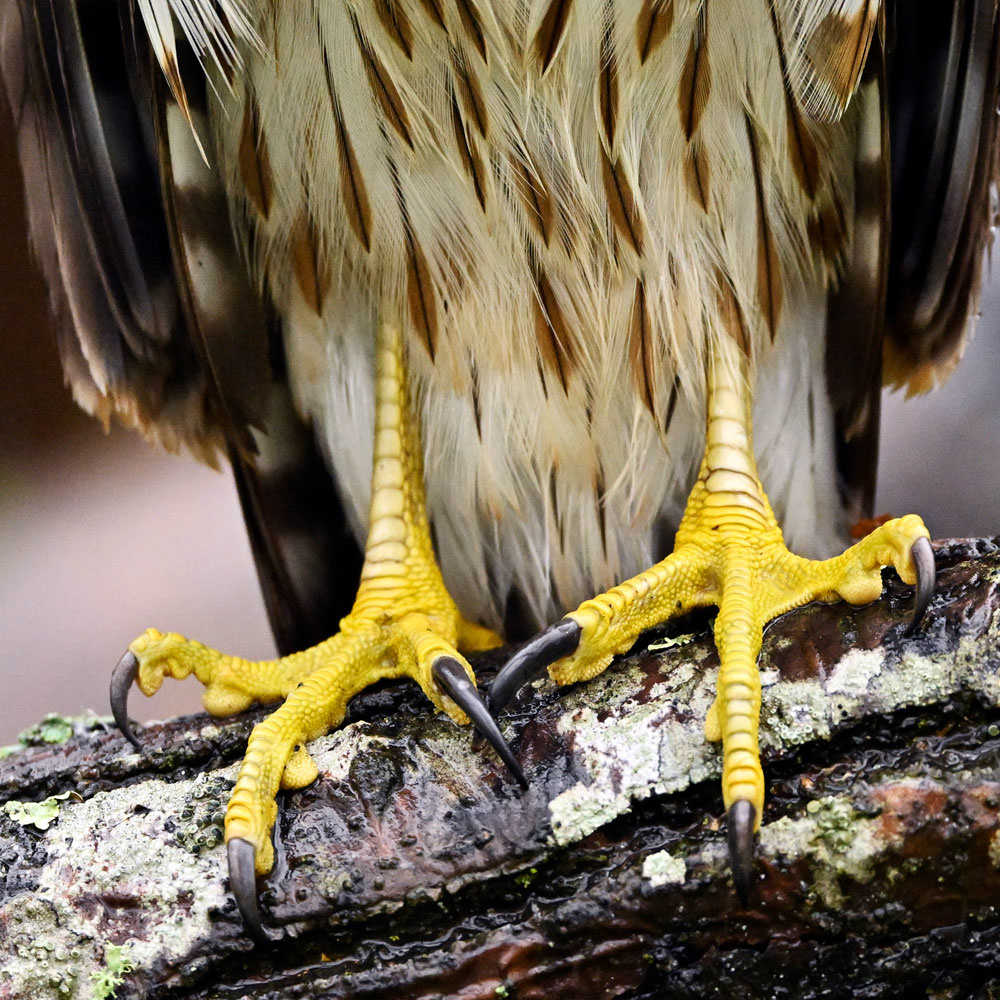
Did you know that hawks have shin guards?
Well, that's how Jen thinks of it anyway! Check out the heavy scales on their legs and toes. A reminder of their dinosaur and reptilian lineage. In addition, their talons/claws are made up of keratin that protects the bone underneath. This keratin is a structural protein similar to human nails.
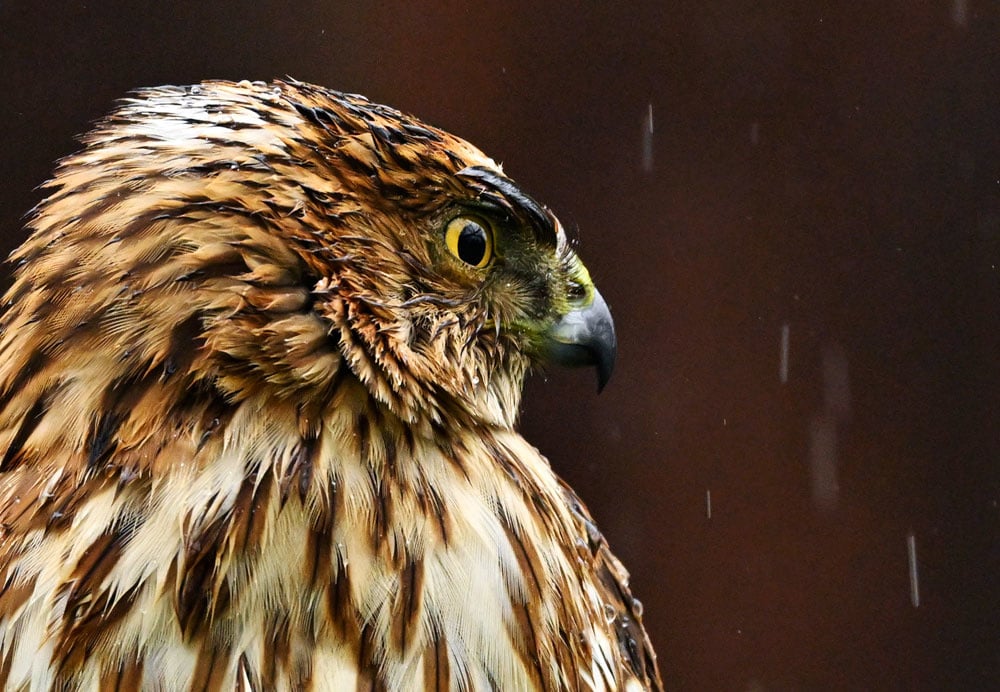
Have you marveled at how fierce a hawk looks?
Have you noticed how raptors like this hawk consistently look one part angry, one part fierce? They have a facial feature known as their supraorbital ridge, which is the bony projection above the eye providing support, protection, and some shade from the sun like the brim of a hat. This is what gives them this angry or fierce look. There’s so much to learn about these magnificent creatures!
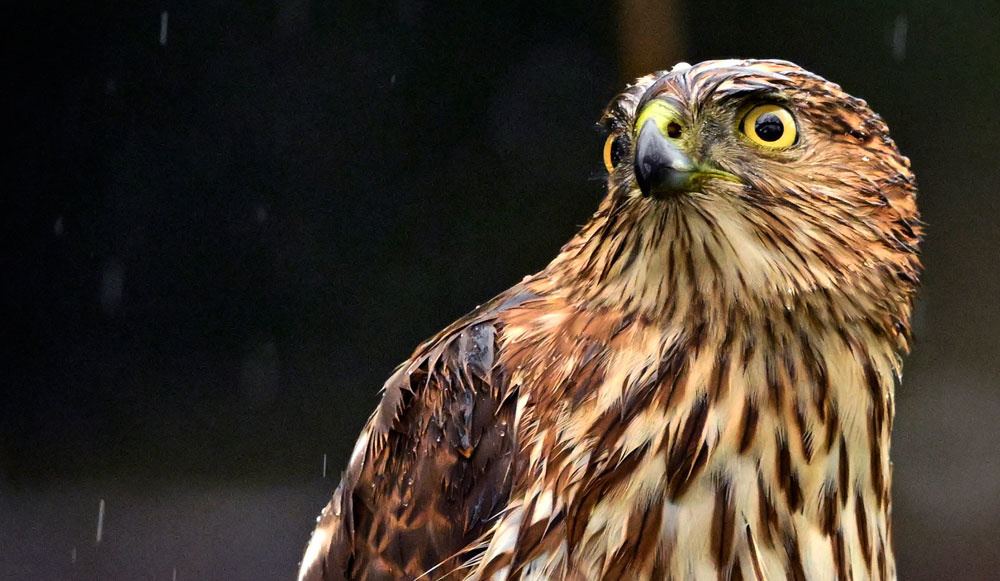
Why are hawks harassed by Crows?
Most every time we’ve watched and photographed a hawk, there seems to be an abundance of crows close by, typically harassing the hawk. This got us to wondering, why do crows chase hawks? Turns out that this act is known as “mobbing.” Crows see hawks as a potential threat. As very intelligent animals, they are taught as babies to dislike large birds of prey such as hawks.
It’s inherent to their behavior to chase away any hawk that dares to enter their territory. They do this in great numbers (mobbing) mainly for safety.
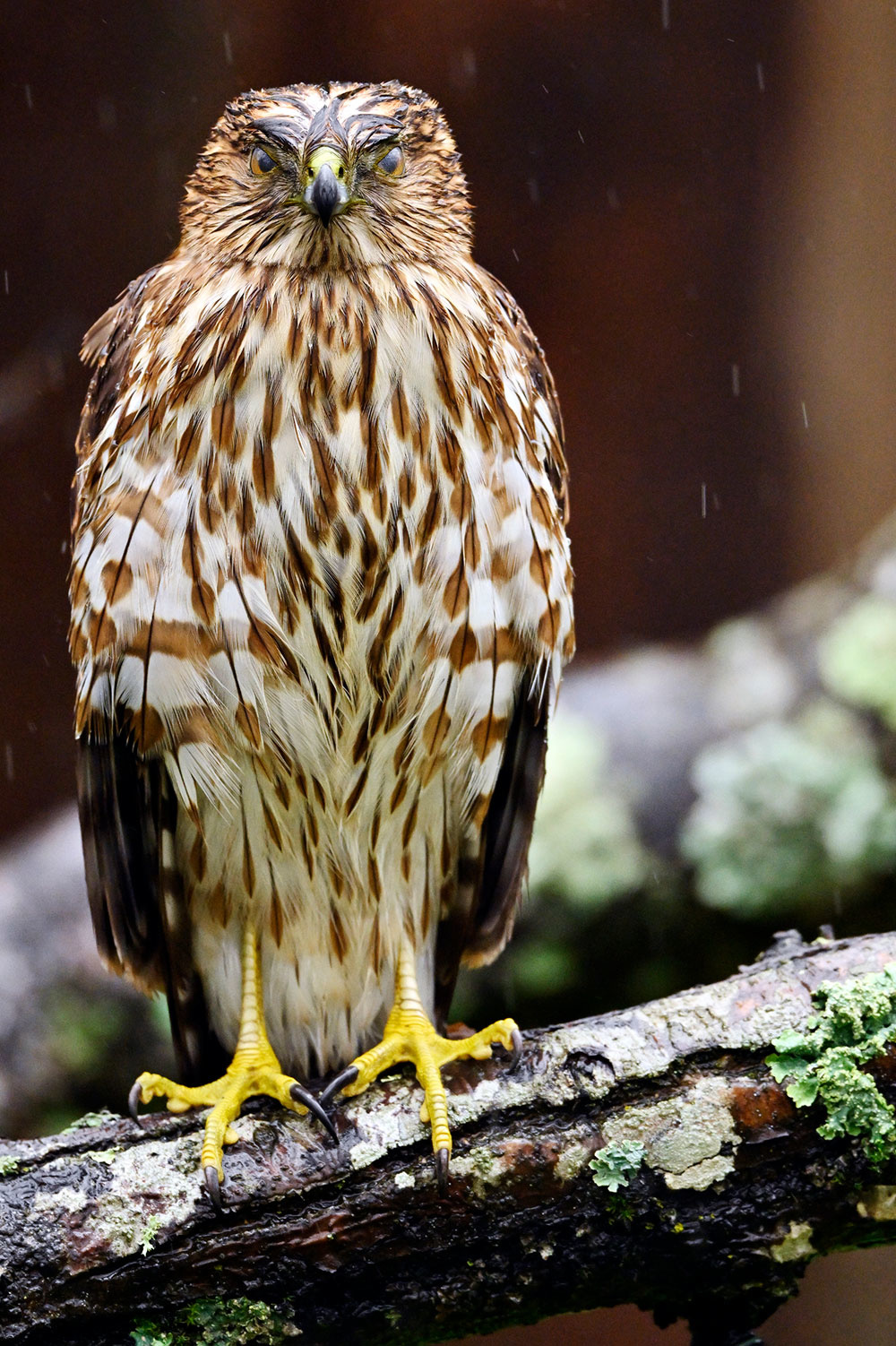
Open Call for what YOU have learned because of a camera
We are eager to see/hear what you've observed through your lens - what is it that sparked your curiosity in a way that only photography can? If you'd like to share, we truly care. Let's get your discoveries and what you've learned in front of the Looking Glass community. Send us an email at [email protected].


